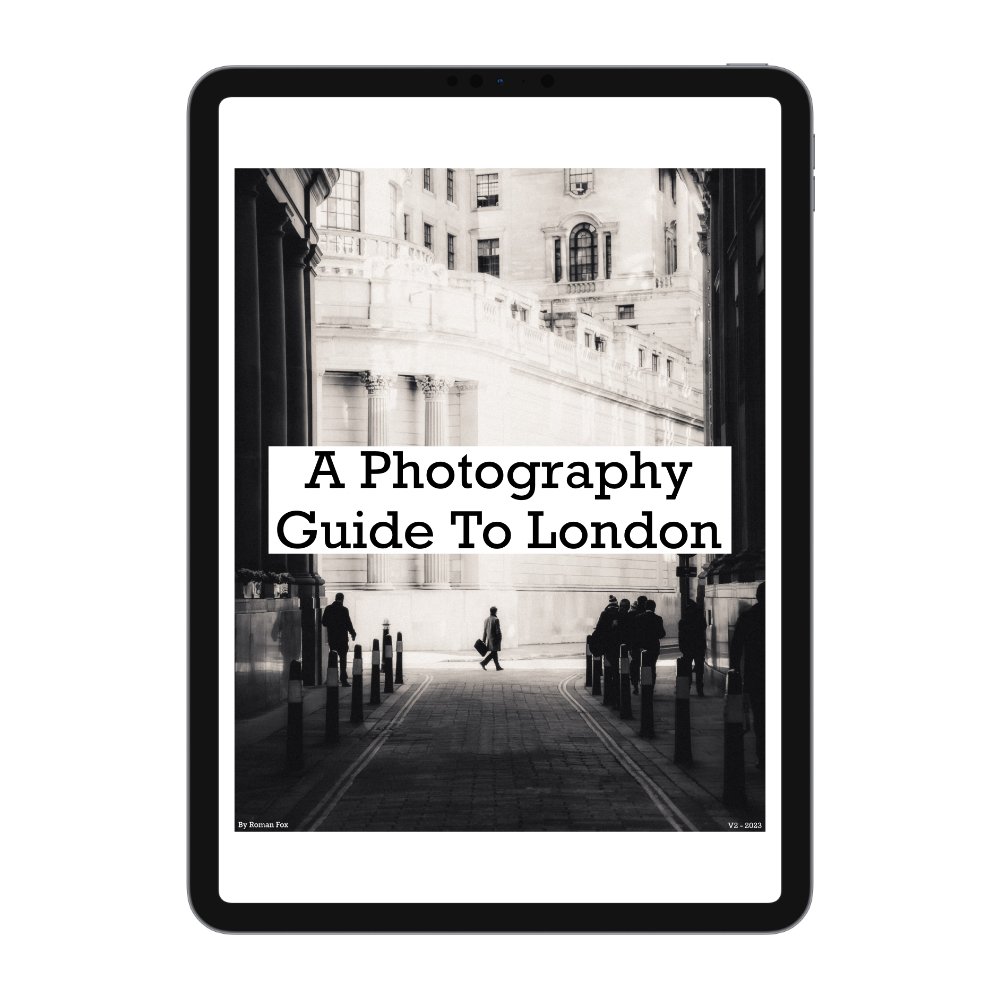How To Start Travel Photography Today
Travel photography is a rather strange genre, as, in my opinion, it’s loosely defined. What actually qualifies as travel photography? Do you need to go to a foreign country to be considered a travel photographer? Or must you work with travel brands to earn that title? As with all things photography-related, everyone has their own opinion, and there are no black-and-white answers.
In my view, three distinct types of photographers fall under the travel photography umbrella. Before we dive into how you might begin in this genre, let’s define each type of travel photographer.
Type 1
The first type of travel photographer seeks to document the culture, environment, and people of a specific country, region, city, or settlement. They’re motivated by learning local traditions and immersing themselves in the culture. This can involve attending ceremonies, following locals going about their day, hiring guides to access hard-to-reach places, and generally being deeply interested in the culture. Typically, this work is project-based; although in the past, organisations like National Geographic might have funded such projects, this support is far less common today. For 99% of photographers, this type of work is a labour of love, driven by passion and dedication.
Type 2
The second type of travel photographer focuses on shooting for hotels, travel agencies, tourism boards, and other companies within the travel niche. This is largely freelance work, so it helps if the photographer is based in desirable locations, allowing them to take personal photos during downtime. Alternatively, finding clients who regularly need photographers to travel can also be a way into this world. I’m not personally involved in this industry, so I can’t provide further insight, but if you’re interested, reach out to someone like Jordan Hammond.
Type 3
The third type of travel photographer is a travelling photographer. This is someone who has a specific photographic focus and is passionate about the craft, rather than about the culture, history, or traditions of where they shoot. This is me. I love travelling, but I’m not doing it for self-discovery or cultural documentation; I travel to take photos. Put me in any city, village, or valley, and I’ll start exploring and photographing what I find, without delving deeply into cultural aspects. Some might find this approach a bit detached, but honestly, without photography, I’d likely only travel for an occasional beach holiday. Photographers in this category often fund their travels through other sources, including remote work, online businesses, or, in my case, social media and digital products.
Find Your Why
The first and most important step is to figure out what type of travel photographer you are. Before pouring in time and money, it’s essential to have some direction. As time goes on, that direction might change—and that’s perfectly fine—but initially, you need a general sense of your interests. There’s no single way to reach this answer; you might already know it intuitively, or you might need to experiment with different types of photography before you decide, like I did.
Start Local
A major misconception about travel photography is that you need to pack a bag and board a 14-hour flight. The best place to start exploring is your local area. Of course, some people live in more remote locations, but within a one- or two-hour commute, I’d bet there’s something interesting to shoot. A good example is my friend James Popsys. Although he travels abroad extensively, he also spends a great deal of time on Google Maps, finding hidden gems around his local area in Wales.
Starting locally gives you a distinct advantage over visitors who come from far away. Open Google Maps and research places within a one- to two-hour commute—you’ll likely find something worth exploring. Another benefit is year-round access, allowing you to revisit locations as seasons change. For example, a specific spot may look best in summer light, while other locations shine in winter. As you go, you can gradually widen your radius and explore farther afield.
Projects & Storytelling
When you see other photographers posting photos from Iceland one day and Tokyo the next, it can feel out of reach. But just because you can’t reach these places yet doesn’t mean you should sit idle. If you’re limited to shooting in your own country or city, try working on long-term projects or series.
For example, if you live near the coast, you could document how the town changes over the seasons. Or, you might approach a local fisherman and create a photo series around their trade. Working on projects like these allows you to practice documenting an event, location, or group of people over time—skills that will prove useful later.
A natural outcome of longer-term projects is that a story may begin to develop, intentionally or not. Storytelling through photography is a valuable skill. For example, by documenting the fisherman mentioned earlier, you can start to convey his daily routine, his challenges, and his moments of success. This gives outsiders a glimpse into a world they may know nothing about.
Self-Funding
Getting paid to travel is a dream, isn’t it? But the reality is that 99% of your travel will likely be self-funded. In fact, I’d argue that self-funded trips are more rewarding and much less stressful. Speaking from experience on a few ‘paid’ trips, I found them to be challenging and ultimately unenjoyable.
If you can figure out how to self-fund your travel, you’ll enjoy the experience more and work with less pressure. The only exception would be if the trip grants access to locations that are otherwise difficult to reach. If you still dream of being paid to travel, remember that no one will pay you until you’ve proven yourself. For example, if you aspire to be a wildlife photographer, you’ll need to fund your own equipment and trips and be prepared to support yourself until you reach a level where you can start selling your images or skills.
This reality makes photography challenging for those without financial resources. To this day, all of my trips are self-funded. Before starting this blog and YouTube channel, I relied on day jobs, credit cards, and savings. I also chose not to buy a house or an expensive car. Even now, I don’t have a car or a permanent home; I live in Airbnbs and stay with my parents when I’m home for two months a year. If I need a car, I’ll rent one or use public transport.
Approach Local Businesses
Another option is to approach local businesses—especially those reliant on tourism—and offer to improve their photography, social media, or marketing. Many small businesses may lack expertise in these areas, and better photography could attract more customers. Think about how often you’re put off by poor photos on a restaurant’s menu or website while travelling.
Keep Moving
The last tip is to keep moving. Keep shooting and exploring, whether that means selling your possessions and heading off to Asia for a year or simply visiting villages in your own county. The worst thing you can do is stop; photography is like building muscle. A one- or two-week break won’t hurt, but if you stop for two to three months, you risk falling behind











































